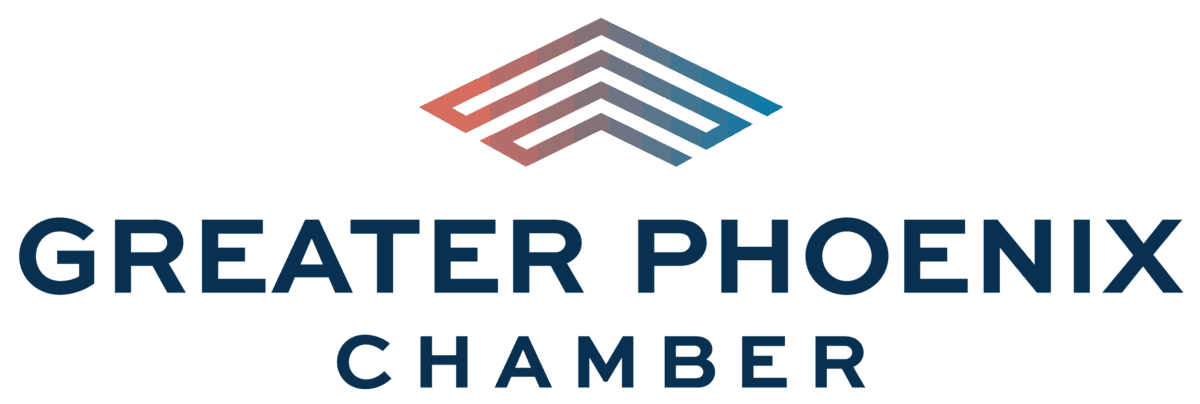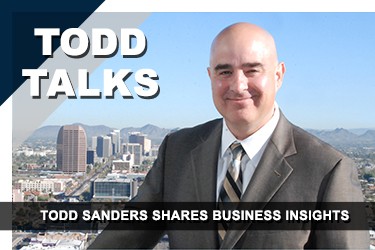By Paul Komadina, CBRE and Todd Sanders, Greater Phoenix Chamber
As a pandemic-fatigued world begins to return to the office, there has been a great focus on what the “new normal” looks like for the workplace. Undeniably, working from home for many of us during the majority of last year and even reaching into 2021, has made working from anywhere more possible than ever before.
Nevertheless, the experiences and attributes unique to physical offices remain most relevant as employers are looking to support a more widely distributed workforce while also maintaining culture, connectivity, and a sense of community. Therefore, future real estate strategies are unlikely to favor going fully remote or fully at the office. Instead, approaches will likely support employee choice.
While this might result in lower utilization of the office in the medium- or long-term, it won’t mean an end to the office. Instead, it signals a fresh start that will allow companies to reimagine the role and functionality of their physical spaces. More than ever before, the workplace needs to be innovative and drive culture, fuel collaboration, encourage creativity, and ensure productivity. In short, the office needs to give employees a reason to want to come in.
At CBRE’s Southern California offices, the birthplace for our U.S. Workplace360 strategy, we created a type of “think tank” to brainstorm big, blue-sky ideas—to challenge our assumptions. Our firm spent several months engaging with our employees, exploring global case studies, and reimagining the elements of the physical office.
Through this process, guiding principles emerged that can serve as the basis for companies’ space strategies. First, the new office environment needs to be a destination that entices employees to want to be there, driven by experience and interactions that cannot be replicated remotely, and by an environment that enables and encourages collaboration and innovation. Secondly, the office of the future must incorporate a greater degree of intentionality in supporting a hybrid workforce and using technology to help employees integrate seamlessly between the office and remote work locations. Third, the workplace needs to foster a company’s culture, ensuring the office reflects the company’s brand experience, and at the same time its nuanced local culture. The future workplace must be viewed not just as a place to work, but as the physical embodiment of the company’s values, brand, and local character in order to bolster a sense of connection for employees that are becoming increasingly more distributed.
The Greater Phoenix Chamber’s own experience
The Greater Phoenix Chamber’s office tenancy at Chase Tower will be coming to a close later this year as the new owner is vacating the building for a future redevelopment. As such, we have been on our own journey in exploring what the future of office space means to our own organization. We have spent countless hours engaging our employees in surveys, visioning sessions, and visionary discussions about what role the GPC’s new home can play in driving our own culture, workforce productivity, setting the example for GPC partners across greater Phoenix. We look forward to sharing these future plans with you over the coming months.


